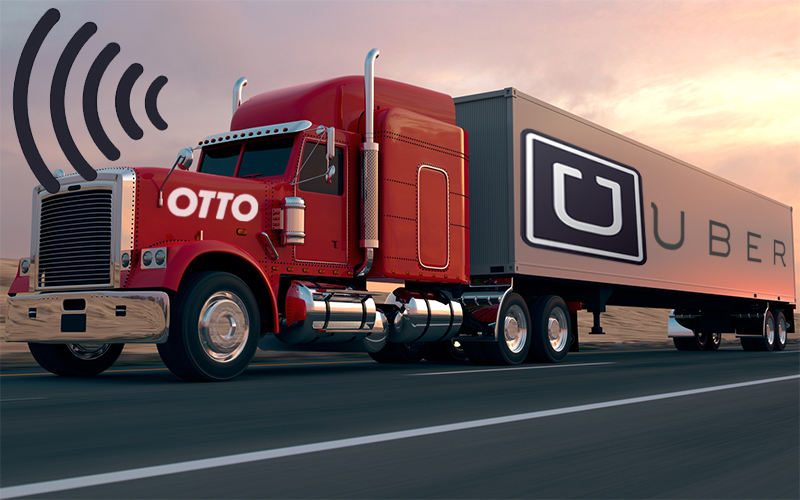
So how fast is the expansion of autonomous vehicle use in the U.S.?
There are about 2,000 already out, said Reilly Brennan, the former executive director for Stanford’s automotive research program, and a founding partner at Trucks, a venture capital fund for entrepreneurs involved with changing the future of technology.
Brennan said AV presence will dramatically increase by next year and pointed to an unnamed auto company which intends to produce as many as 50,000 AV’s by the end of 2018 — though not necessarily fully automated, as many could still feature a “safety driver” behind the wheel.
By 2019, he says that number will reach 180,000.
Speaking at the Florida Automated Vehicles Summit at the Grand Hyatt Hotel Tampa Bay near Clearwater on Tuesday, Brennan called ride-hailing to be the precursor to autonomous vehicles. He trotted out a series of statistics regarding those who ride hail (or ride-share). The most relevant, he surmised, was that 9 percent of those who use Uber and Lyft regularly have jettisoned their own automobiles.
That statistic, he said, is the most “frightening” to those in any part of the automobile manufacturing industry.
“Basically you’ll move from three vehicles to two in a family or two vehicles to one, and that extra vehicle is going to get lopped off the top, and we’re already seeing that kind of effect through ride-hailing,” Brennan said.
Speaking on the same panel was Alden Woodrow, senior product manager of self-driving trucks with Uber. He said he wanted to deflect the “understandable concerns” that self-driving trucks will be the death knell for the American truck driver.
“As a leader in this space, we have not done an adequate job of talking about how we envision the future,” he said, adding that it’s much more optimistic than some press accounts have depicted.
Uber envisions self-driving trucks will manage long-haul driving on interstate highways without drivers, although there will be a need for drivers to take those goods from interstates into local communities. Woodrow said there is an idea for “transfer hubs” serving as destinations where self-driving trucks drop off goods for local drivers to deliver. Woodrow says this will be a shift from long-haul operations to local operations for drivers.
During the Q&A portion of the discussion, Brennan said that the time when our streets and roads will be filled with AV’s is a considerable distance away, but “if you break up the task into different segments, then you can actually bring the line forward.”
Brennan said that there’s actually an “incredible considerable” shortage in certain segments of commercial truck drivers – maybe 50,000-100,000 in the U.S. Woodrow wouldn’t go that far, saying that that there are “tens of thousands” of vacancies, and with an aging workforce, there’s a lot of retirements expected.
“There’s actually a pretty huge labor shortage,” Woodrow said.
Both officials agreed that Florida is one of the top states in the nation when it comes to AV policy. Brennan listed his top five (in no order) as Florida, California, Michigan, Nevada and Arizona.



